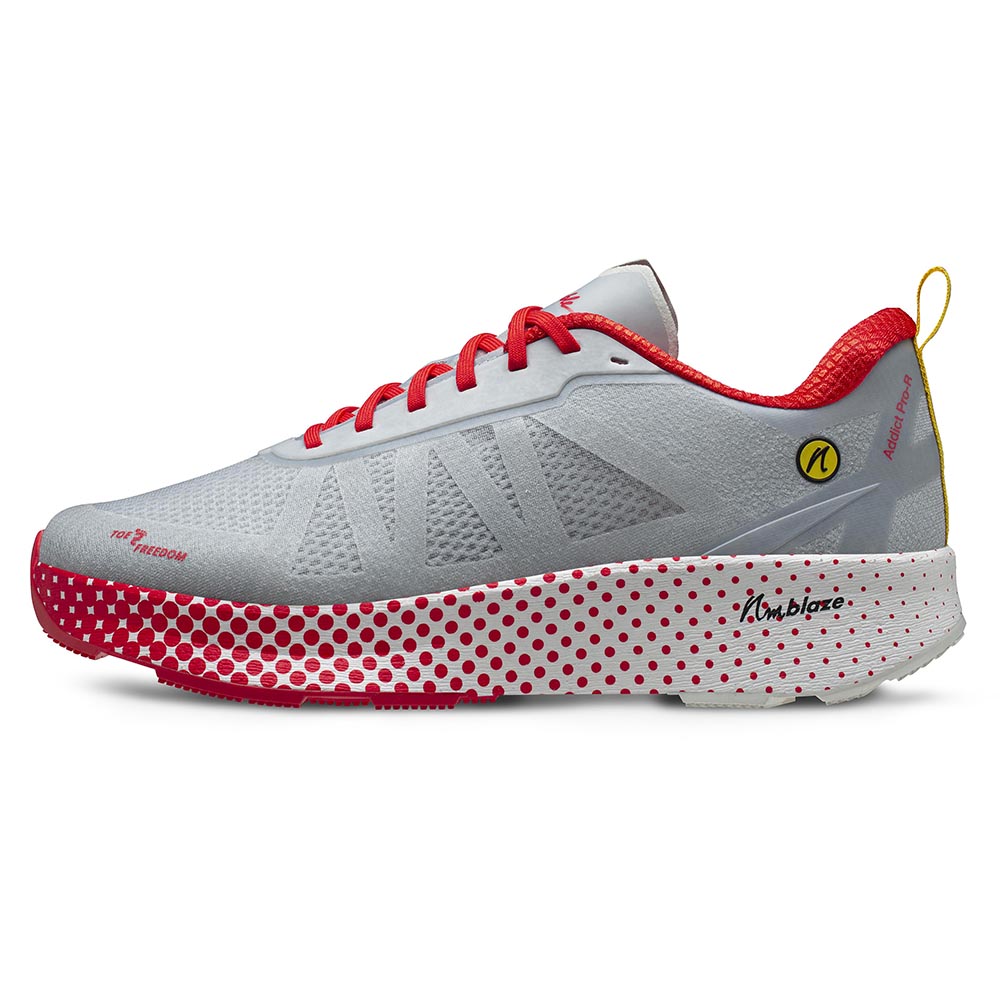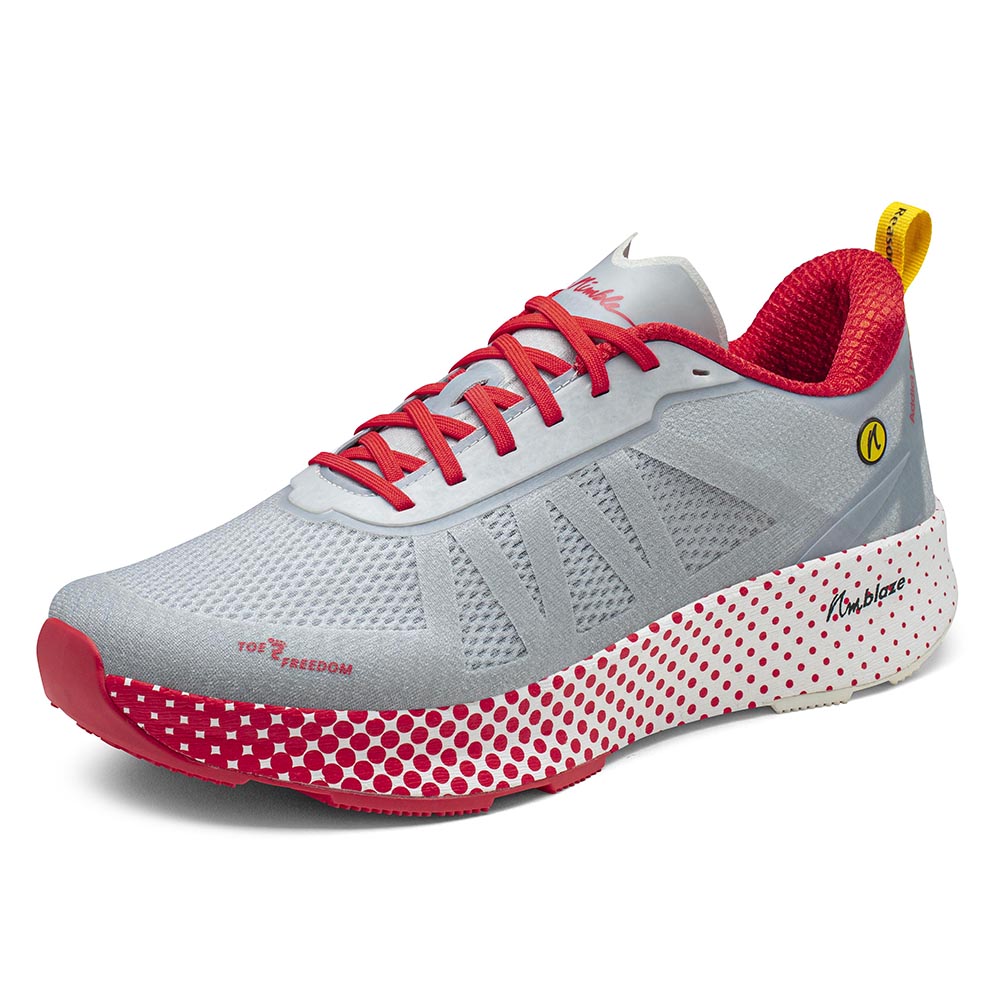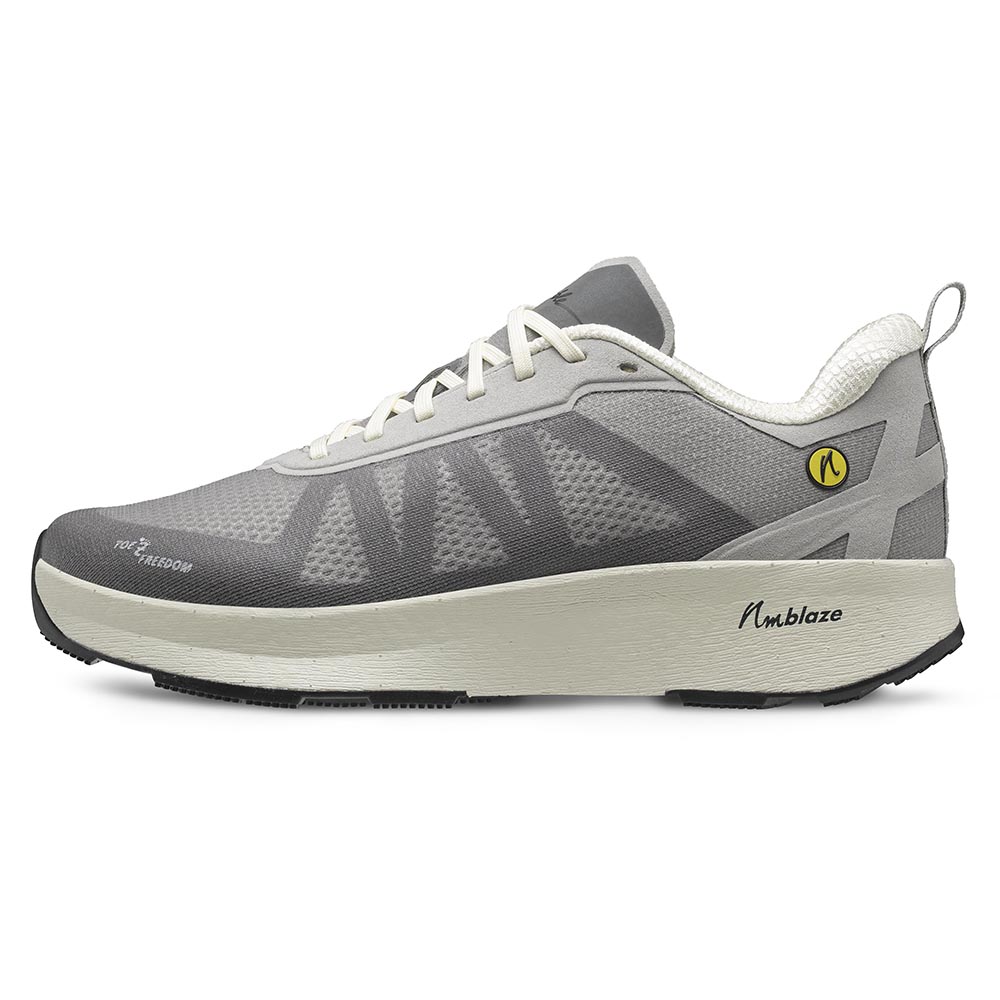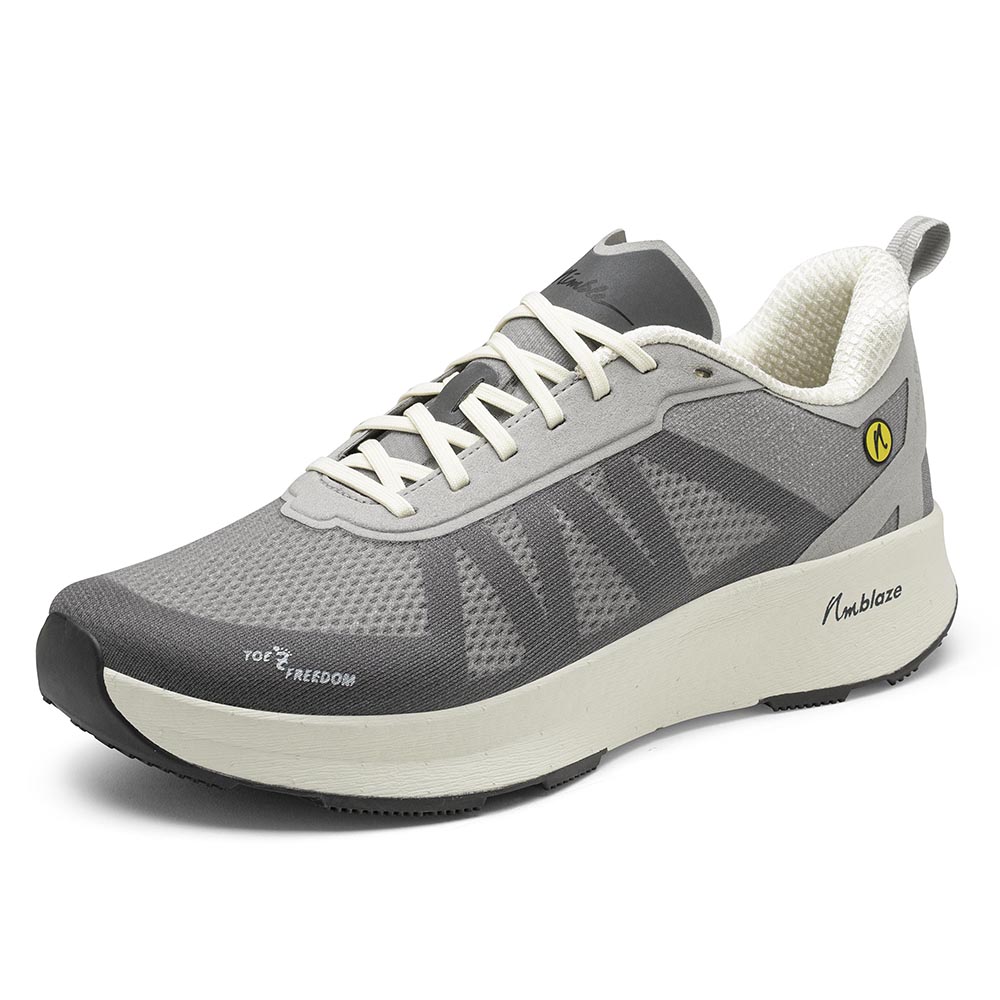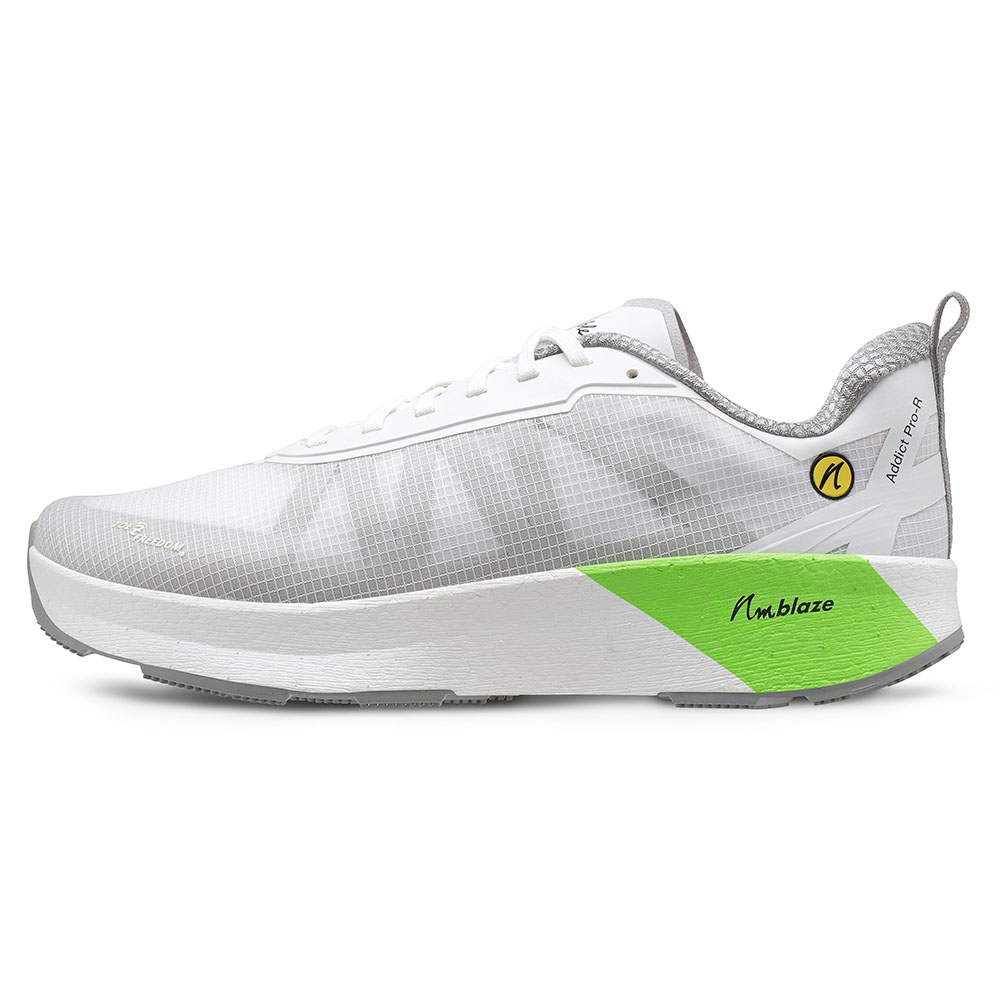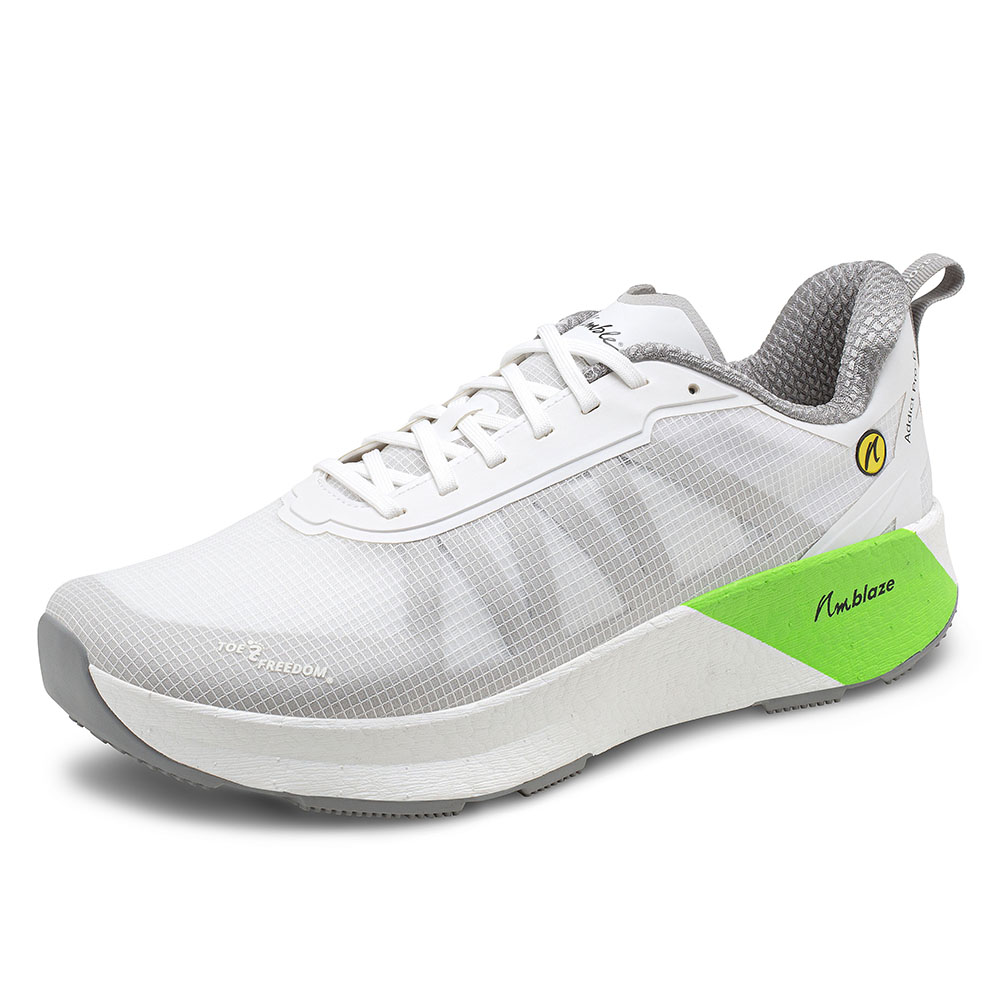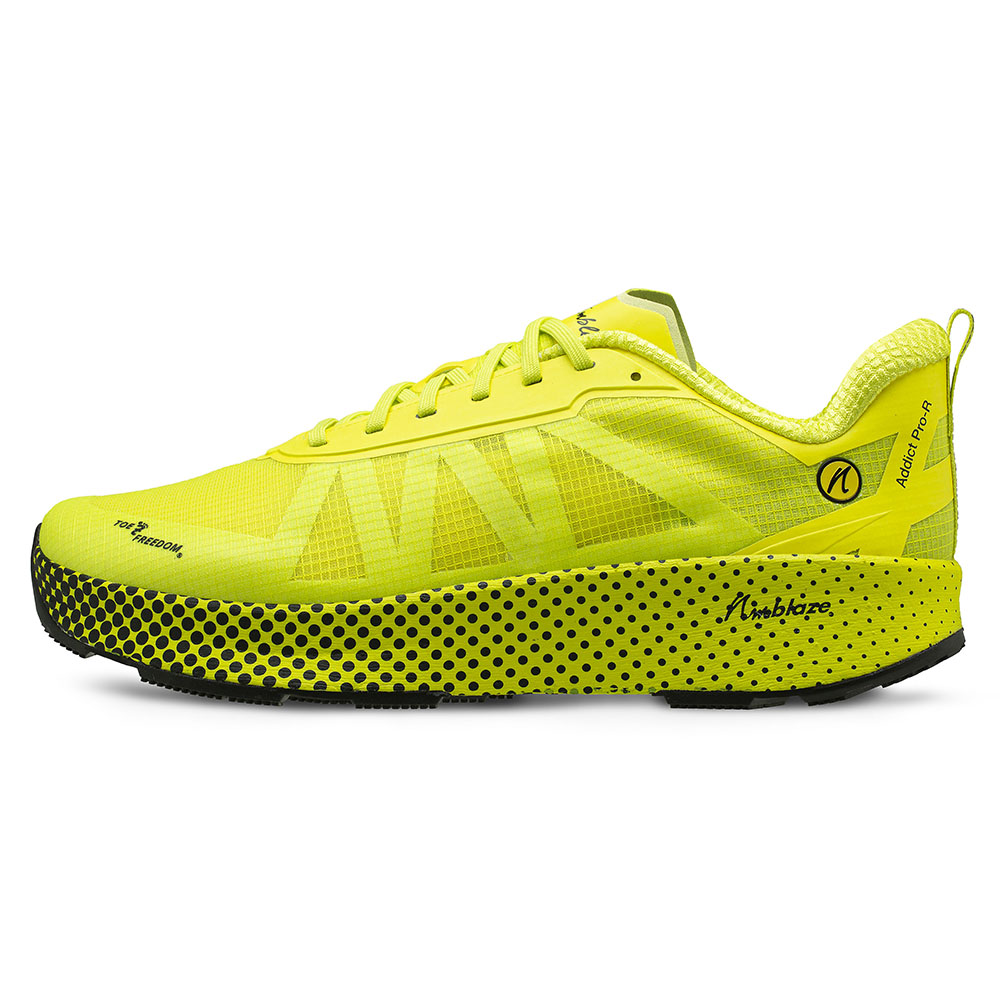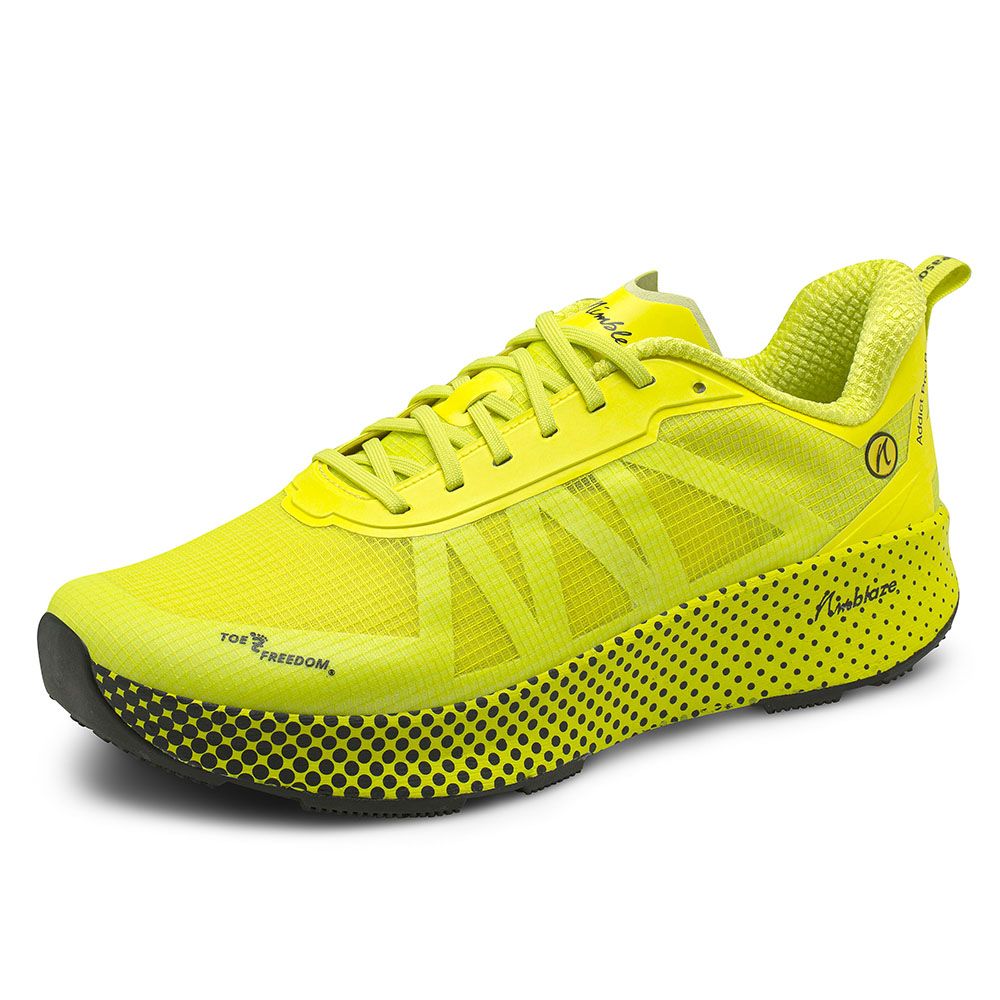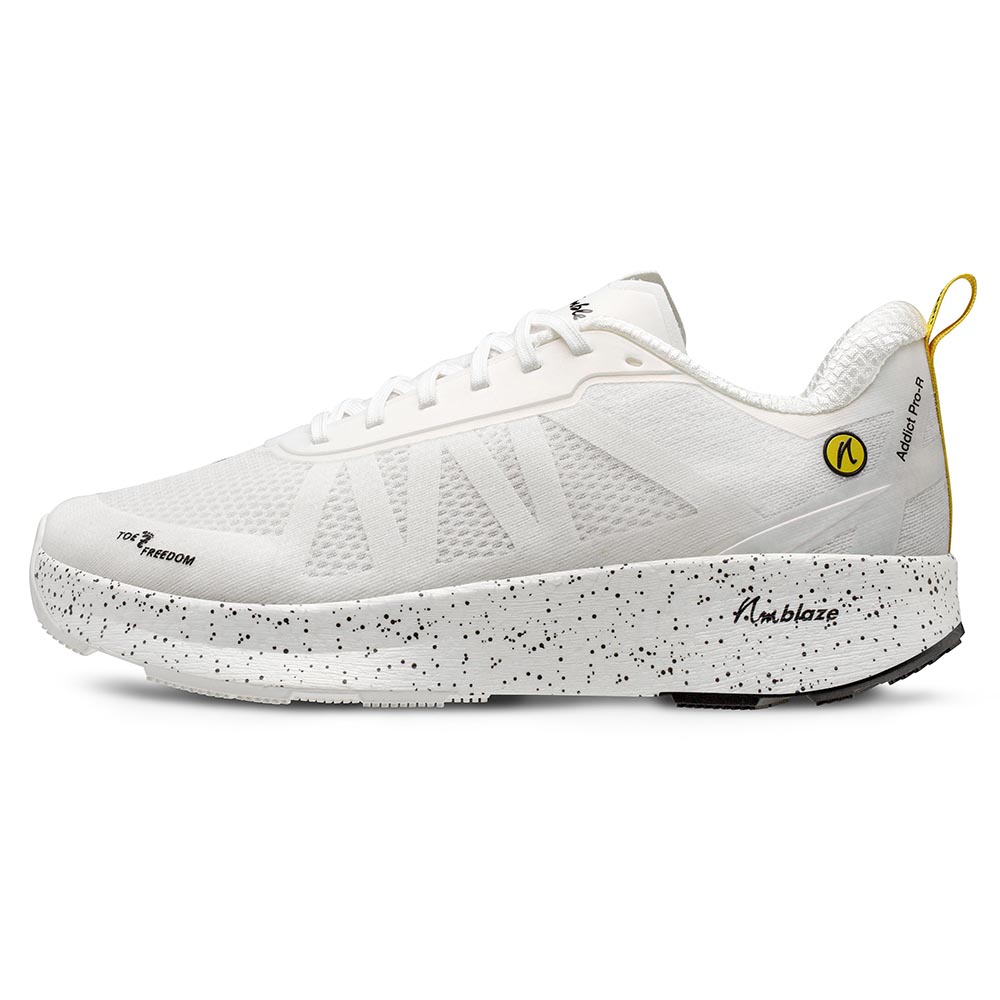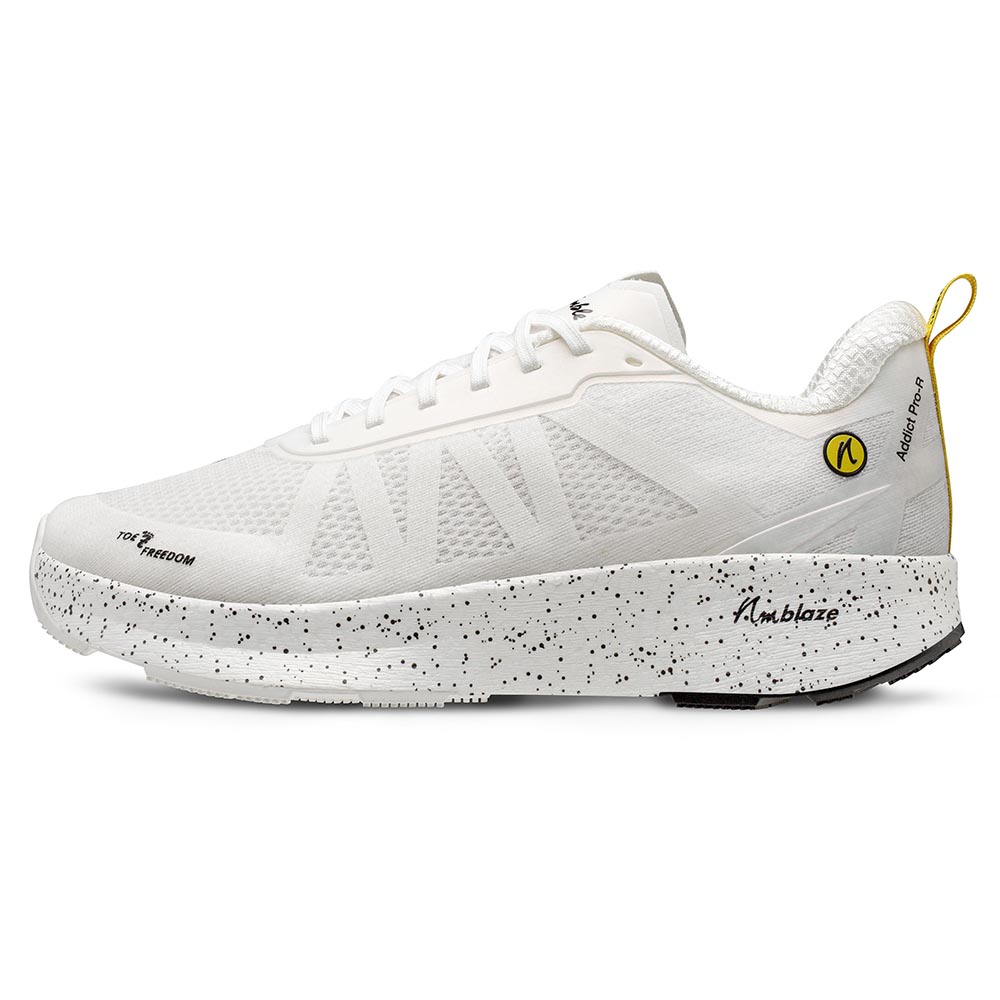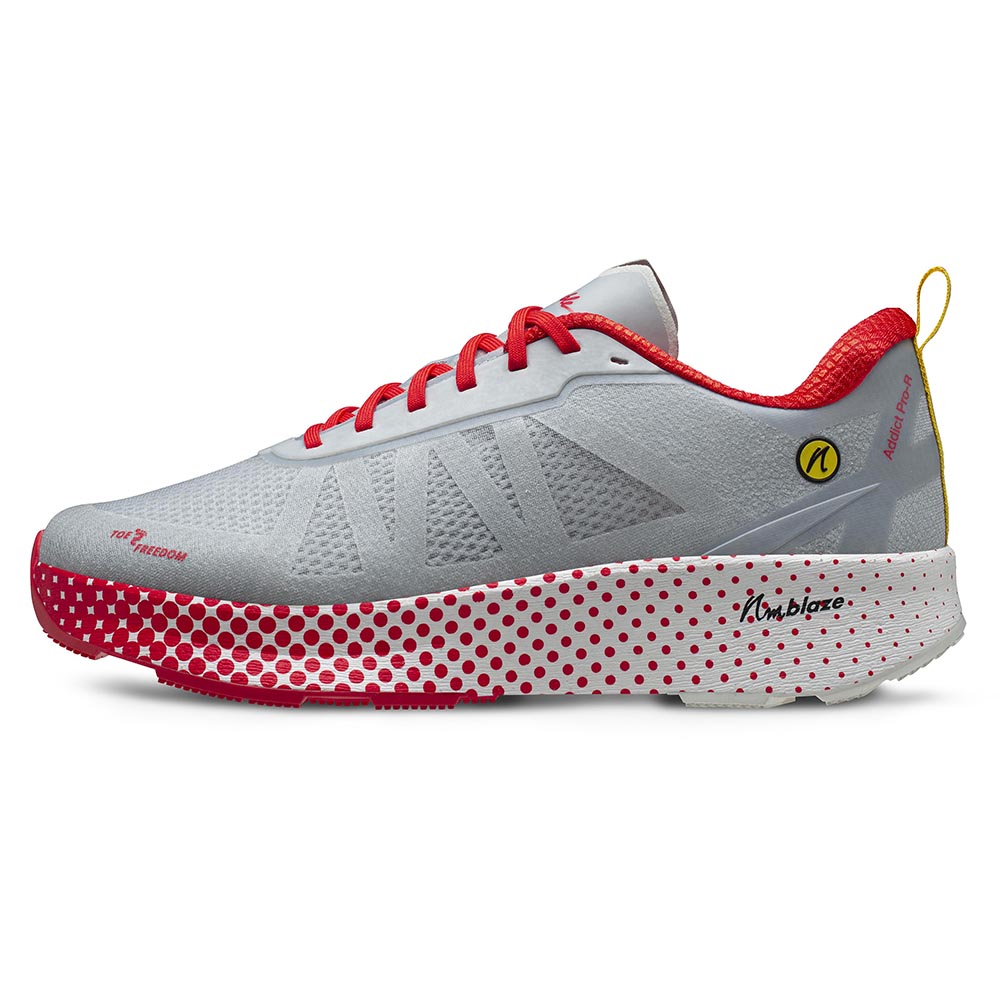Foot dysfunction and cure part 3
If your only tool is a hammer, every problem looks like a nail." (Abraham Maslow)

High, rigid longitudinal arch of the foot
- "compensated" shoe-shaped foot.
Misaligned toes due to a shoe-shaped forefoot create an unstable base. During the loading phase of the forefoot in the gait cycle, the instability must be compensated for by muscular action. When muscles are strong enough to handle the load generated (125%-250% of body weight during walking or running), external rotation of the hip and supination of the hindfoot on the forefoot result in a high, rigid arch and restricted ankle range (Manoli and Graham, 2018). Due to inflexibility of the foot and joint, impacts are poorly absorbed and fatigue fractures and lateral ankle sprains are common consequences (Williams, McClay, and Hamill, 2001). With increasing age and/or body weight, muscles lose the strength to compensate for the instability of the shoe-shaped forefoot.
Flat, collapsed longitudinal arch
- "decompensated" shoe-shaped foot.
Misaligned toes of a shoe-shaped forefoot form an unstable base. During the loading phase of the forefoot in the gait cycle, the instability must be compensated for by muscular action. If the muscles are weak and cannot handle the load generated (125%-250% of body weight during walking or running), the hindfoot and the entire lower kinetic chain will tip inward. Over time, this loading pattern and medial collapse destroy the soft tissues of the foot, resulting in a dysfunctional flat/collapsed arch and knee injuries (Williams, McClay, and Hamill, 2001).
The structure of the longitudinal arch is determined by the rotation of the hindfoot on the forefoot (MacConaill, 1945; Sarrafian, 1987), which in turn depends on how well the musculature can compensate for instability of the forefoot. Instability produced by a compromised foot structure (shoed forefoot) is the root cause of a dysfunctional foot with a high, rigid longitudinal arch or with a flat, collapsed arch. To correct the problem, the functional foot structure must be restored..
The therapy is simple:
- Wearing foot-shaped (functional) shoes in which the toes have room to spread out and the foot can splay, as well as
- Loading the feet with body weight to allow gravity to act on the functional foot shape.
Refences
- MacConaill, MA. The postural mechanism of the human foot. Proceedings of the Royal Irish Academy, Section B: Biological, geological and chemical science. 1945; 50: 265-278.
- Manoli, A und Graham, B. Clinical and new aspects of the subtle cavus foot: a review of an additional twelve year experience. Fuss and Sprunggelenk. 2018; 16: 3-29.
- Sarrafian, SK. Functional characteristics of the foot and plantar aponeurosis under tibiotalar loading. Foot and Ankle. 1987; 8(1), 4-18. Williams, DS, McClay, IS, Hamill, J. Arch structure and injury patterns in runners. Clinical Biomechanics. 2001; 16: 314-347.

